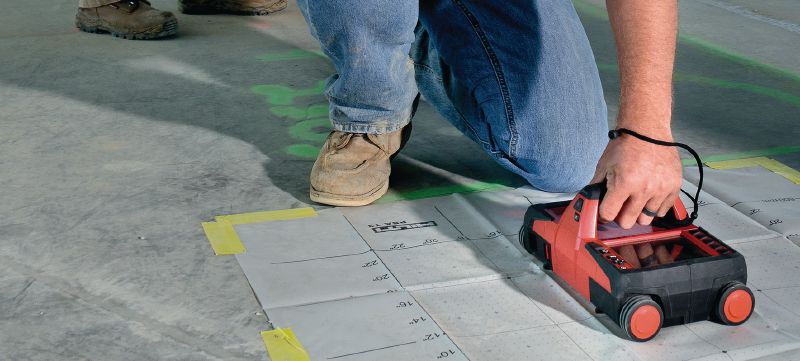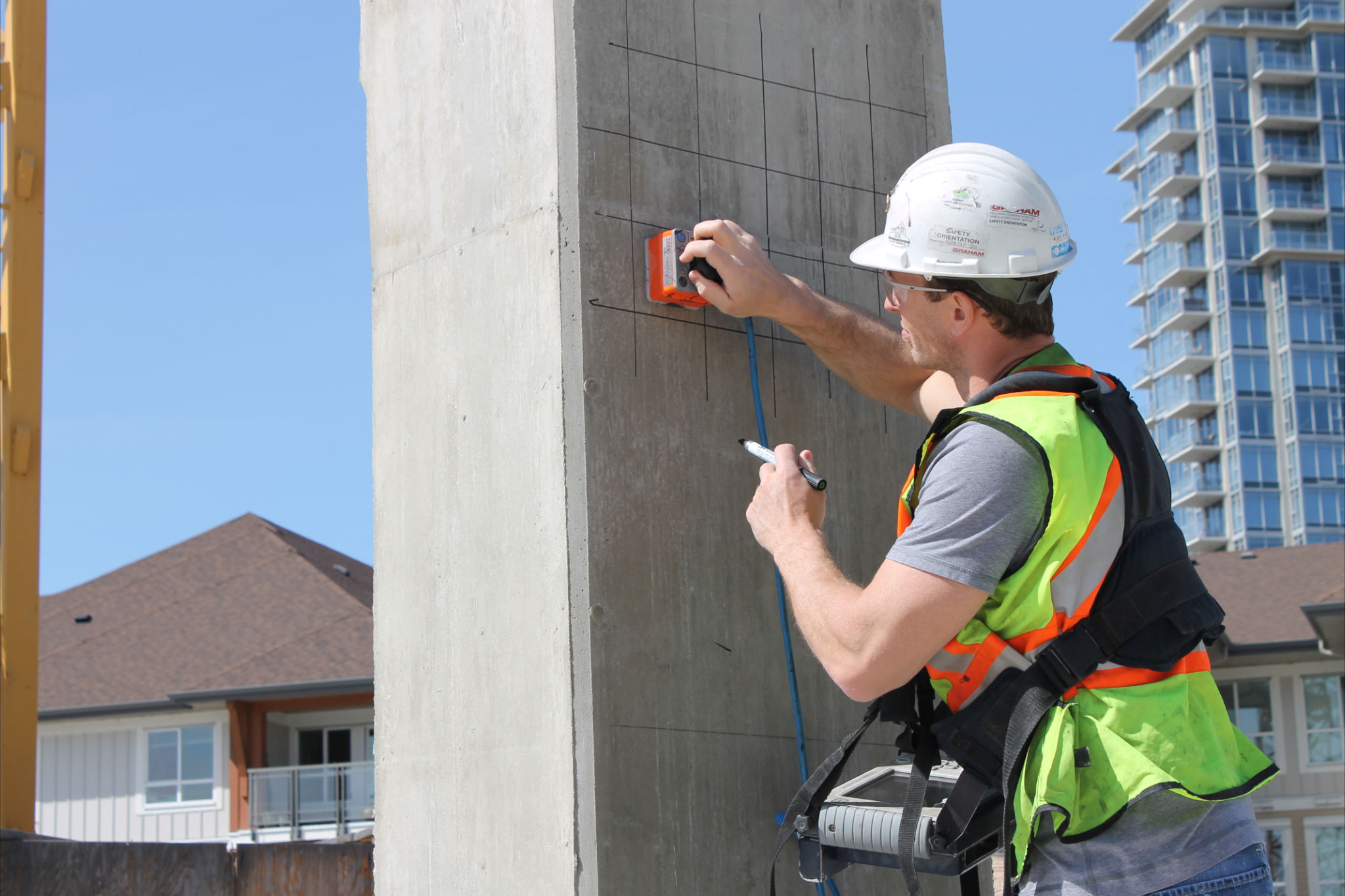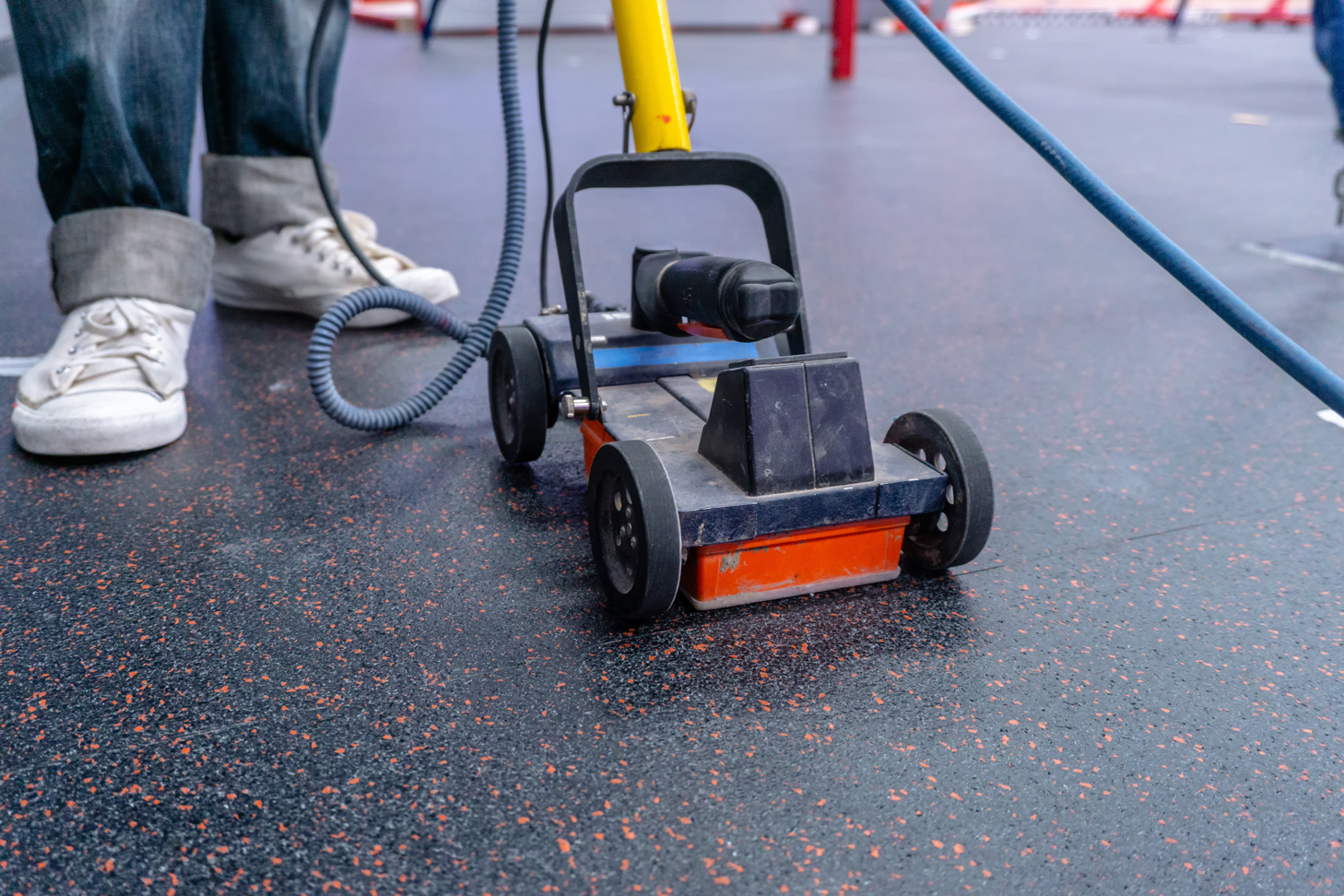Professional Tips for Optimal Concrete Scanning Results
Professional Tips for Optimal Concrete Scanning Results
Blog Article
Unveil the Transformative Power of Concrete Scanning in Optimizing Performance and Safety
Concrete scanning has emerged as a vital device in the construction sector, supplying unequaled benefits in boosting project performance and guaranteeing security requirements. The transformative power of concrete scanning lies in its capability to provide detailed insights and real-time information, transforming just how jobs are intended and carried out.
Importance of Concrete Scanning
Making sure the structural stability and security of construction tasks begins with the important action of performing complete concrete scanning. Concrete scanning is a non-destructive approach made use of to detect and map subsurface aspects within concrete frameworks.
Additionally, concrete scanning helps in optimizing task timelines and spending plan by avoiding unexpected costs and delays that may arise due to unforeseen obstructions within the concrete. Ultimately, investing in detailed concrete scanning is an aggressive strategy that improves both performance and security in building and construction projects.
Exactly How Concrete Scanning Functions
Concrete scanning operates as an important device in building and construction projects by using advanced innovations to detect and map subsurface components without causing structural damages. Ground Penetrating Radar (GPR) and Electromagnetic Induction (EMI) are two main techniques utilized in concrete scanning. GPR works by giving off high-frequency radar pulses right into the surface area, which recover when they experience subsurface things or gaps. The moment considered the signal to return suggests the deepness and place of the objects. EMI, on the other hand, utilizes magnetic fields to identify differences in material compositions, such as recognizing rebar or channels within concrete structures.
During the scanning procedure, the information accumulated is analyzed in real-time, allowing immediate identification of potential risks or challenges underneath the surface area. By using these innovative technologies, concrete scanning considerably minimizes the threat of pricey problems and injuries on building and construction websites.
Advantages of Concrete Scanning
Utilizing sophisticated scanning modern technologies in building and construction jobs uses a wide variety of advantages, enhancing both performance and safety on-site. Among the key advantages of concrete scanning is the capability to find and find embedded objects such as rebar, post-tension cords, and avenues precisely. By recognizing these elements before boring or reducing right into concrete frameworks, the danger of accidental strikes is considerably lowered, preventing possible injuries to employees and damages to the structure itself. Concrete scanning helps in planning and making extra effectively, as it gives specific info regarding the location and deepness of structural elements.

Study: Concrete Scanning Success

In have a peek at this website an additional situation, a building company made use of 3D concrete scanning to examine the condition old concrete frameworks in a historic building. The detailed scans offered beneficial insights right into the level of wear and tear and assisted focus on maintenance initiatives effectively. By proactively attending to locations of worry identified through scanning, the company had the ability to expand the life-span of Web Site the structure and guarantee passenger security.
These study underscore the transformative power of concrete scanning in enhancing efficiency, accuracy, and security in building jobs.
Applying Concrete Scanning in Projects
Applying innovative scanning modern technologies during building and construction jobs has ended up being progressively essential for improving accuracy and security. By integrating concrete scanning right into project planning and execution, building teams can identify potential hazards, such as rebar or post-tension cables, concealed within concrete frameworks. This positive method reduces the risk of accidents, hold-ups, and pricey rework, inevitably bring about extra reliable task timelines and budget plans.
To execute concrete scanning efficiently, project supervisors must work together closely with experienced scanning specialists to establish the most suitable scanning strategies for the certain project needs. Engaging scanning experts from the onset of a project makes it possible for the group to create comprehensive scanning strategies that deal with vital areas of concern and make certain detailed data collection.
Moreover, integrating concrete scanning into normal project operations can improve decision-making processes, as real-time check data gives instant insights right into the condition of concrete frameworks - Concrete Scanning. This data-driven technique facilitates informed analytic and enables groups to make modifications without delay, promoting a culture of effectiveness and safety throughout the job lifecycle

Final Thought
In conclusion, concrete scanning plays a crucial role in improving performance and safety in building tasks. By making use of advanced innovation to identify and map out underlying structures within concrete, this procedure aids to stop costly mistakes, ensure structural description integrity, and reduce dangers on website. With the capability to reveal surprise components and provide accurate data, concrete scanning shows to be an important tool for enhancing job results and making the most of general success.
Concrete scanning is a non-destructive technique utilized to find and map subsurface aspects within concrete frameworks. In addition, concrete scanning helps in optimizing project timelines and budget plan by preventing unanticipated prices and hold-ups that might emerge due to unforeseen obstructions within the concrete. One noteworthy situation research involves a large-scale renovation project where concrete scanning played an important function in guaranteeing project success.In another instance, a building and construction business used 3D concrete scanning to evaluate the condition of maturing concrete frameworks in a historic building. By integrating concrete scanning into task preparation and execution, construction groups can determine prospective hazards, such as rebar or post-tension wires, concealed within concrete structures.
Report this page